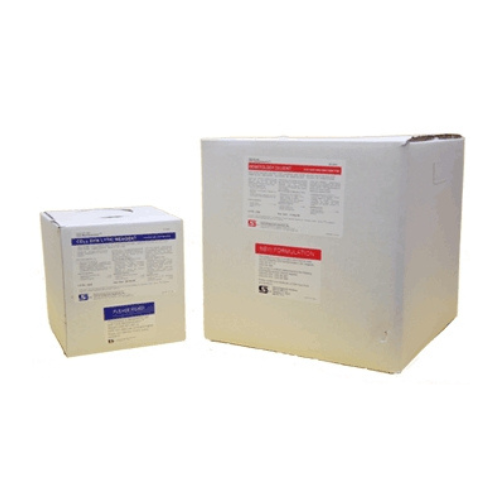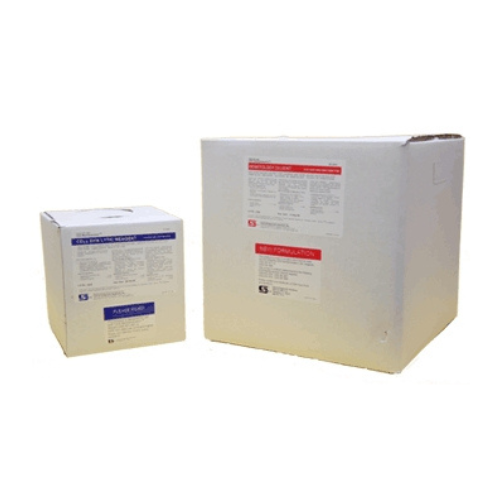For Business Use Only. Does Not Ship to Residential Addresses. For use inside an Analyzer, Sold Separately.
Thermo Kit Methaqualone 500mL
In Stock
Product code: T-0515
MPN: 0515
Manufacturer: Thermo Scientific
Shipping Weight: 2.00lbs (0.91kg)

WHY CHOOSE BLOCK SCIENTIFIC?
See why in 2 mins.
Thermo Kit Methaqualone 500mL
RECOMMEND SHIP UPS NEXT DAY AIR
Specifications
- Control Sets: MGC Multi-Drug Controls
- Description: DRI Methaqualone Drugs of Abuse Assays
- Detectable Analytes: Methaqualone
- DoA Calibrators: DRI Multi-Drug Calibrators
- Quantity: 500mL
- Storage Requirements: 2° to 8°C
Intended Use
The DRI® Methaqualone Assay is intended for the qualitative and semiquantitative determination of methaqualone in human urine.
Summary and Explanation of the Test
Methaqualone is a sedative hypnotic agent. Abuse of methaqualone may lead to habituation or addiction. When methaqualone is ingested, it is metabolized and excreted into urine in forms of metabolites. Detection of methaqualone or its metabolites in urine indicates use of methaqualone.
Various assay techniques such as thin layer chromatography, gas chromatography, liquid chromatography/mass spectrometry (GC/MS) and radioimmunoassay are available for methaqualone determination. However, these test methods are laborious and not suitable for a high volume screening test application.
The DRI Methaqualone Assay is a homogeneous enzyme immunoassay using ready-to-use liquid reagents. The assay uses specific antibody, which can detect methaqualone in urine. The assay is based on the competition of a drug labeled with enzyme, glucose 6-phosphate dehydrogenase (G6PDH), and the free drug from the urine sample for a fixed amount of specific antibody binding sites. In the absence of free drug from the sample, the specific antibody binds the drug labeled with G6PDH and the enzyme activity is inhibited. This phenomenon creates a direct relationship between the drug concentration in urine and the enzyme activity. The G6PDH activity is determined spectrophotometrically at 340 nm by measuring its ability to convert nicotinamide adenine dinucleotide (NAD) to NADH.











